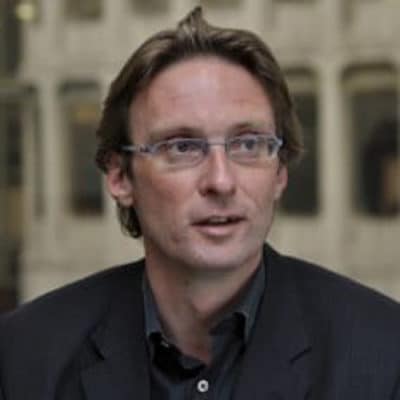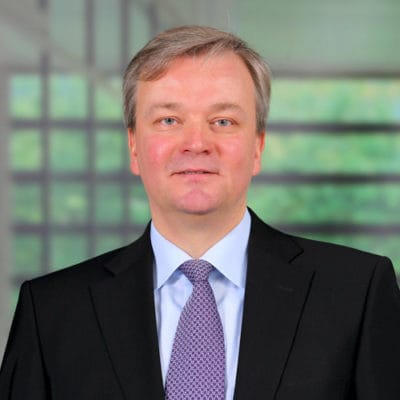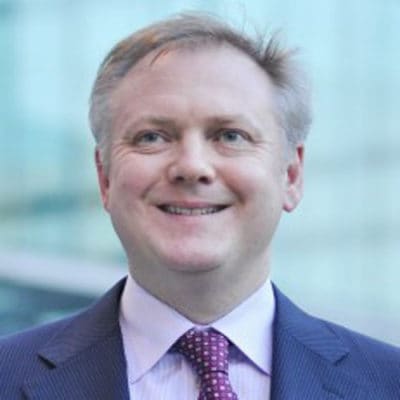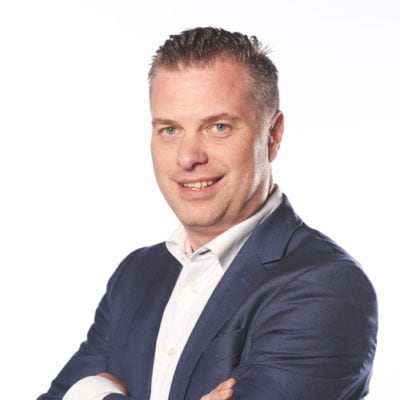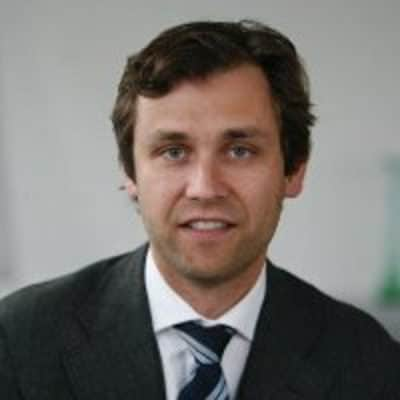The top quartile - 11 of the 44 nations in Europe as of this year - thrived during the 2020s, with a technology-first ethic enabling the digital transformation of these countries’ major industries and government sector. This group titled itself the unicorn factory. The bottom quartile - disparagingly referred to as the floppy disks -- struggled, the result of both misfortune and poor policy choices made over the decade.
There are now four distinct groups of countries in Europe, each with its own trajectory, underpinned by each groups’ creation of as well usage of technology, be this home grown or global. The top-quartile economies now represent two thirds of the region’s GDP but only a third of Europe’s 600 million people. This group is forecast to generate 80% of GDP by 2040. The wealthy nations will become more prosperous and the weakest poorer. This divergence is likely to exacerbate the existing tensions between the different blocs.
The roots of these diverging economic paths can be traced back to the start of the decade. In 2021, Europe celebrated its first year in which 100 unicorns were generated. It was also a year of record VC investments, at $75 billion. And it felt like an inflection point: Europe regained the lead over China in terms of the number of unicorns created ever. On the face of it, success appeared to be well distributed, with over 70 cities in Europe housing at least one unicorn. However, success in technology was concentrated in three countries which accounted for half of all the unicorns created in 2021. The remainder were from eight further countries, and there were none in the rest of Europe.
Over the course of the decade, the unicorn factory bloc economies steadily become more tech-centric and became part of an elite club of tech-centric countries scattered around the world. Several of the best unicorns became decacorns and were among the valuable start-ups globally. When they listed, they were worth hundreds of billions of dollars – although none reached the coveted trillion-dollar status. The ecosystem of professional advisors and financiers serving tech companies became increasingly specialist and diversified.
Cities with a high proportion of tech companies, including a growing number of unicorns, were eager to become the living laboratories for tech companies’ increasingly ambitious solutions. For example, some cities redesigned their urban layouts around smart neighbourhoods designed to enable greater concentrations of people living and working in the same space, with the intent of optimising cross-fertilisation of ideas and reducing commuting times. Energy grids were also redesigned around localised generation and storage. This move proved to be prescient as carbon taxes became far more universally applied towards the end of the decade.
As the unicorn factory countries became more successful, their ties with other major tech nations around the world strengthened. Talent moved equally between these markets, and visas for the best tech talent were seemingly limitless. By contrast there was a steady exodus of talent from the less tech-centric countries within Europe.
The economically weaker countries within Europe, frustrated by their ability to create home grown technology, invited global tech companies to set up centres of excellence, research and design facilities and manufacturing centres in their country. They offered major tax incentives to lure companies over, some of whom ended up playing all bidding nations off against each other.
One semiconductor vendor, which promised to deploy a $20 billion new fabrication plant, was able to obtain a 50% subsidy from the host nation along with the guarantee of a 10-year tax holiday. It also promised over 1,000 new high tech jobs, a commitment which was delivered on, but with the most valuable staff flown in, due to the lack of local expertise.
So, as of 2030, the trajectories for the different blocs in Europe appear very challenging to reset. The top quartile economies boast many positive attributes: the highest GDP per capita; a life expectancy of 91 years, enabled by mandated smart watch monitoring; low emissions per person resulting from a smart energy grid, hydrogen powered heavy transport and the off-shoring of polluting activities; and lower crime rates following the deployment of widespread facial recognition. The other European countries look on in disdain at the unicorn bloc’s materialism and voluminous data collection. They are also profoundly envy with the announcement of every new decacorn created.


